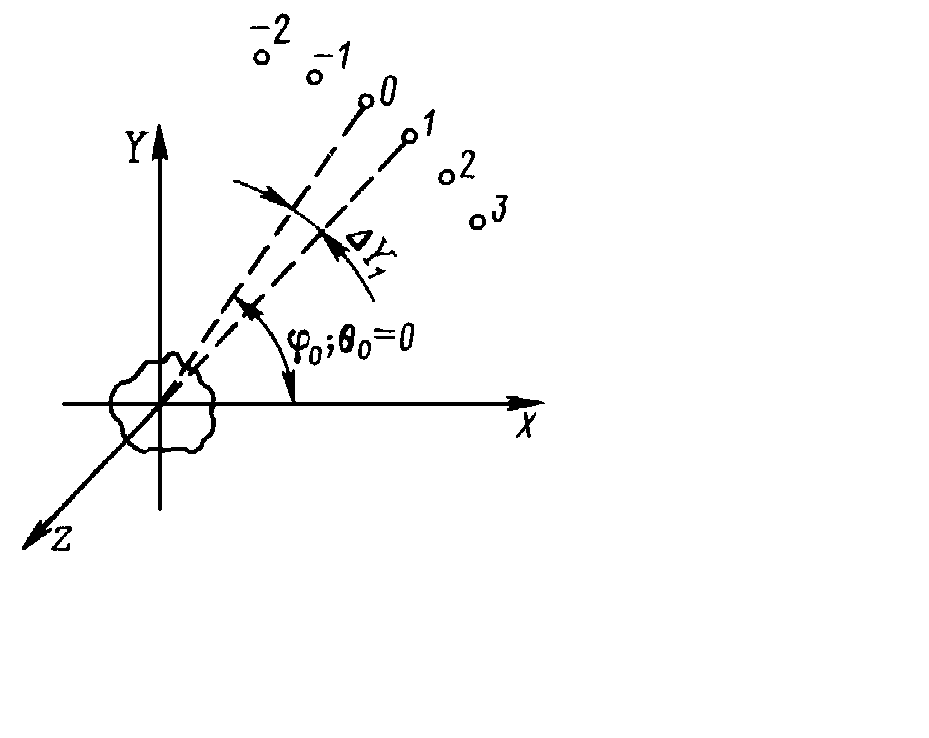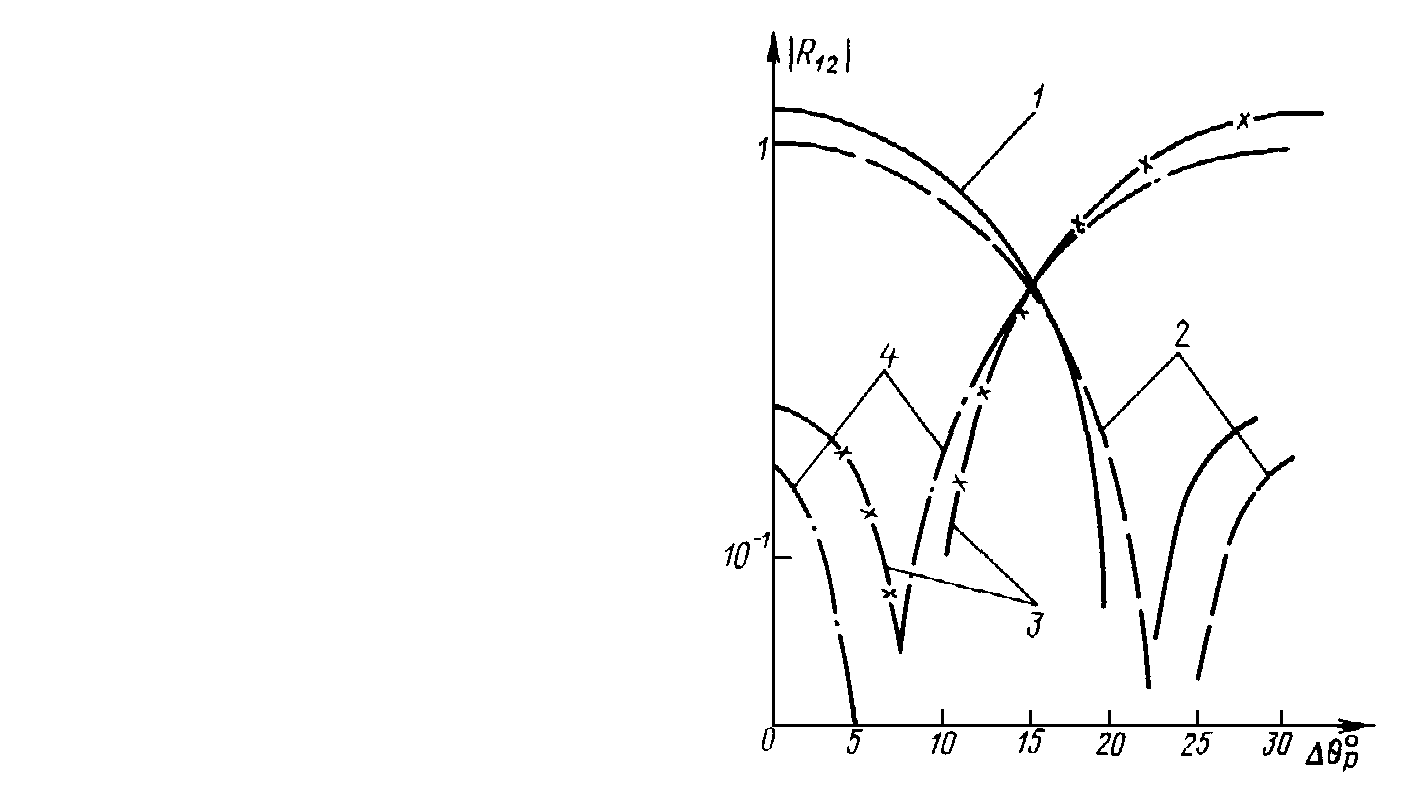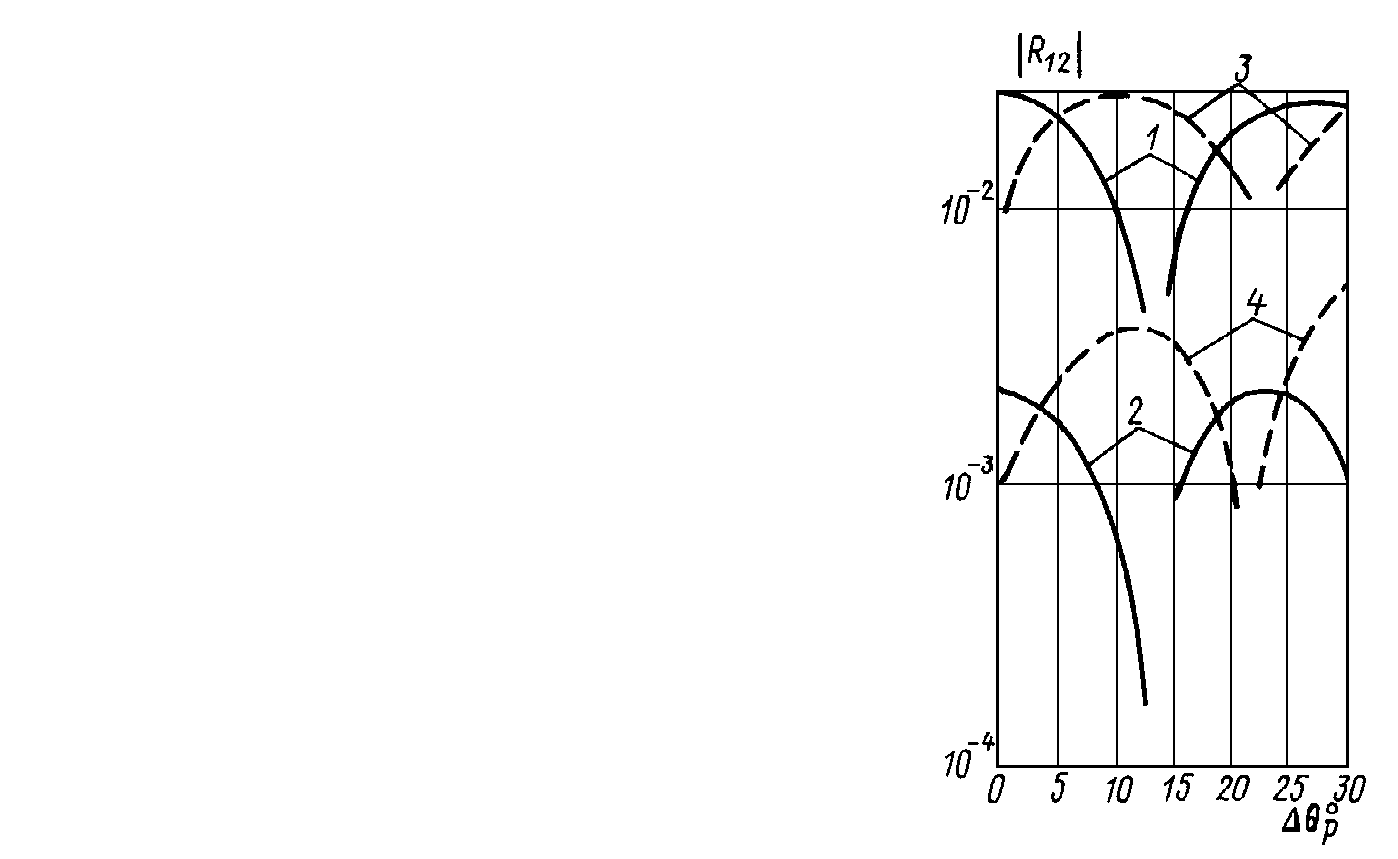-
Paper Information
- Next Paper
- Paper Submission
-
Journal Information
- About This Journal
- Editorial Board
- Current Issue
- Archive
- Author Guidelines
- Contact Us
International Journal of Mechanics and Applications
p-ISSN: 2165-9281 e-ISSN: 2165-9303
2013; 3(1): 1-3
doi:10.5923/j.mechanics.20130301.01
Correlation Functions of Sound Scattering by Accident Orientated Bodys of Spheroidal Forms
A. Kleshchev
St. Petersburg State Marine Technical University, st. Lotsmanskaya 3, St. Petersburg, 190008, Russia
Correspondence to: A. Kleshchev , St. Petersburg State Marine Technical University, st. Lotsmanskaya 3, St. Petersburg, 190008, Russia.
| Email: |  |
Copyright © 2012 Scientific & Academic Publishing. All Rights Reserved.
In the first part of the paper are studied the angular correlation functions of the sound scattering by the accident orientated ideal bodies of the spheroidal form at the basis of the theory of the sound diffraction and the theory of the accident fields. In the second part of the paper are presenting the results of the calculation of the correlation functions of sound scattering. The paper unites for the first time the theory of the sound diffraction and the theory of the accident fields.
Keywords: Correlation Function, Scattering, Accident Orientation, Ideal Spheroid
Cite this paper: A. Kleshchev , Correlation Functions of Sound Scattering by Accident Orientated Bodys of Spheroidal Forms, International Journal of Mechanics and Applications, Vol. 3 No. 1, 2013, pp. 1-3. doi: 10.5923/j.mechanics.20130301.01.
Article Outline
1. Introduction
- On the example of the prolate and oblate ideal spheroids are calculated the angular correlation functions these scatterers at the basis of the union of the theory of the diffraction and the theory of the accident fields.
2. The Theory of the Sound Scattering by the Accident Orientated Ideal Bodies of the Spheroidal Forms
- Let the spheroidal scatterer is found in the centre of the sector group of the hydrophones and he is orientated accident, only hydrophon is appeared by the sound radiator (fig. 1), he radiates the harmonic sound signal of the frequency
 . The reflected of the body the signal is the multiplicative signal, consisting of the accidental and determinate parts. The determinate component can separate from the accidental component. We will suppose the accidental component by fixed and homogeneous[1]. The angular correlation function of the fixed and homogeneous accidental field has the following appearance[2]:
. The reflected of the body the signal is the multiplicative signal, consisting of the accidental and determinate parts. The determinate component can separate from the accidental component. We will suppose the accidental component by fixed and homogeneous[1]. The angular correlation function of the fixed and homogeneous accidental field has the following appearance[2]: | (1) |
 the middle square of the sound pressure;
the middle square of the sound pressure;  the temporal interval between the signals (by us
the temporal interval between the signals (by us  the line over the function
the line over the function  means the averaging.The angular space correlation function
means the averaging.The angular space correlation function  setting the communication between hydrophones
setting the communication between hydrophones  and
and  , has appearance:
, has appearance: | (2) |
 the angle of the illumination;
the angle of the illumination;  and
and  the cosines of the critical angles of the illumination;
the cosines of the critical angles of the illumination;  the angular characteristic of the sound reflection in the direction at the source; * - means the complex conjugate quantity.
the angular characteristic of the sound reflection in the direction at the source; * - means the complex conjugate quantity. | Figure 1. The orientation of the scatterer relatively of the source and the hydrophones |
3. The Results of the Calculations of the Correlation Functions of the Ideal Spheroids (Prolate And Oblate)
- At the base (2) were calculated the angular correlation functions of the soft and hard, prolate and oblate spheroids. For the soft prolate spheroid the angular characteristic of the scattering will have appearance[3]:
 | (3) |
 | (4) |
 by
by 
 by
by 
 the angular spheroidal function;
the angular spheroidal function;  and
and  the radial spheroidal functions first and third genders;
the radial spheroidal functions first and third genders;  the wave size,
the wave size,  semi-focal distance,
semi-focal distance,  the wave number in the liquid;
the wave number in the liquid;  the radial spheroidal coordinate of the scatterer.The correlation functions were calculated in the limits from
the radial spheroidal coordinate of the scatterer.The correlation functions were calculated in the limits from  to
to  with the step
with the step  for the wave sizes
for the wave sizes  and
and  . The results of the calculations of the moduluses of the angular correlation functions of the sound scattering by the hard
. The results of the calculations of the moduluses of the angular correlation functions of the sound scattering by the hard  (the curve 1) and soft
(the curve 1) and soft  (the curve 2) oblate spheroids for
(the curve 2) oblate spheroids for  are introduced at fig. 2 ( the angles of the intensive scattering).
are introduced at fig. 2 ( the angles of the intensive scattering). | Figure 2. The moduluses of the angular correlation functions of the oblate spheroids |
 for the prolate spheroid were calculated the correlation functions
for the prolate spheroid were calculated the correlation functions  and
and  relatively the zero hydrophone
relatively the zero hydrophone  and hydrophones with the angular position
and hydrophones with the angular position  At fig. 3 are shown the moduluses of the angular correlation functions of the prolate spheroid (soft and hard) by
At fig. 3 are shown the moduluses of the angular correlation functions of the prolate spheroid (soft and hard) by  (the curve 1) and
(the curve 1) and  (the curve 2) and by
(the curve 2) and by  (the curve 3) and
(the curve 3) and  (the curve 4) for the angles of the intensive scattering by
(the curve 4) for the angles of the intensive scattering by 
 | Figure 3. The moduluses of the angular correlation functions of the prolate spheroids (by the angles of the intensive scattering) |
 only the maximums of this functions displace at the angle
only the maximums of this functions displace at the angle  what confirms of the hypothesis against of the homogeneous of the accident scattered field in this case. For the angles of the weak scattering the hypothesis against of the homogeneous of the accident scatte-red field don’t appear yust already by
what confirms of the hypothesis against of the homogeneous of the accident scattered field in this case. For the angles of the weak scattering the hypothesis against of the homogeneous of the accident scatte-red field don’t appear yust already by  From the curves of the fig. 4, relating to this condition, we see, what by the transition from
From the curves of the fig. 4, relating to this condition, we see, what by the transition from  by
by  is reversed the form of the angular correlation functions.
is reversed the form of the angular correlation functions.  | Figure 4. The moduluses of the angular correlation functions of the prolate spheroids (by the angles of the weak scattering)/ |
4. Conclusions
- With the help of the theory of the accident processes and fields and the theory of the sound diffraction for the first time were calculated the angular correlation functions of the soft and hard, prolate and oblate spheroids, oriented accident for the angles of the intensive and weak scattering.
ACKNOWLEDGMENTS
- This work was supported as part of research under State Contract no P242 of April 21, 2010, within the Federal Target Program «Scientific and scientific – pedagogical personnel of innovative Russia for the years 2009 – 2013”.
 Abstract
Abstract Reference
Reference Full-Text PDF
Full-Text PDF Full-text HTML
Full-text HTML